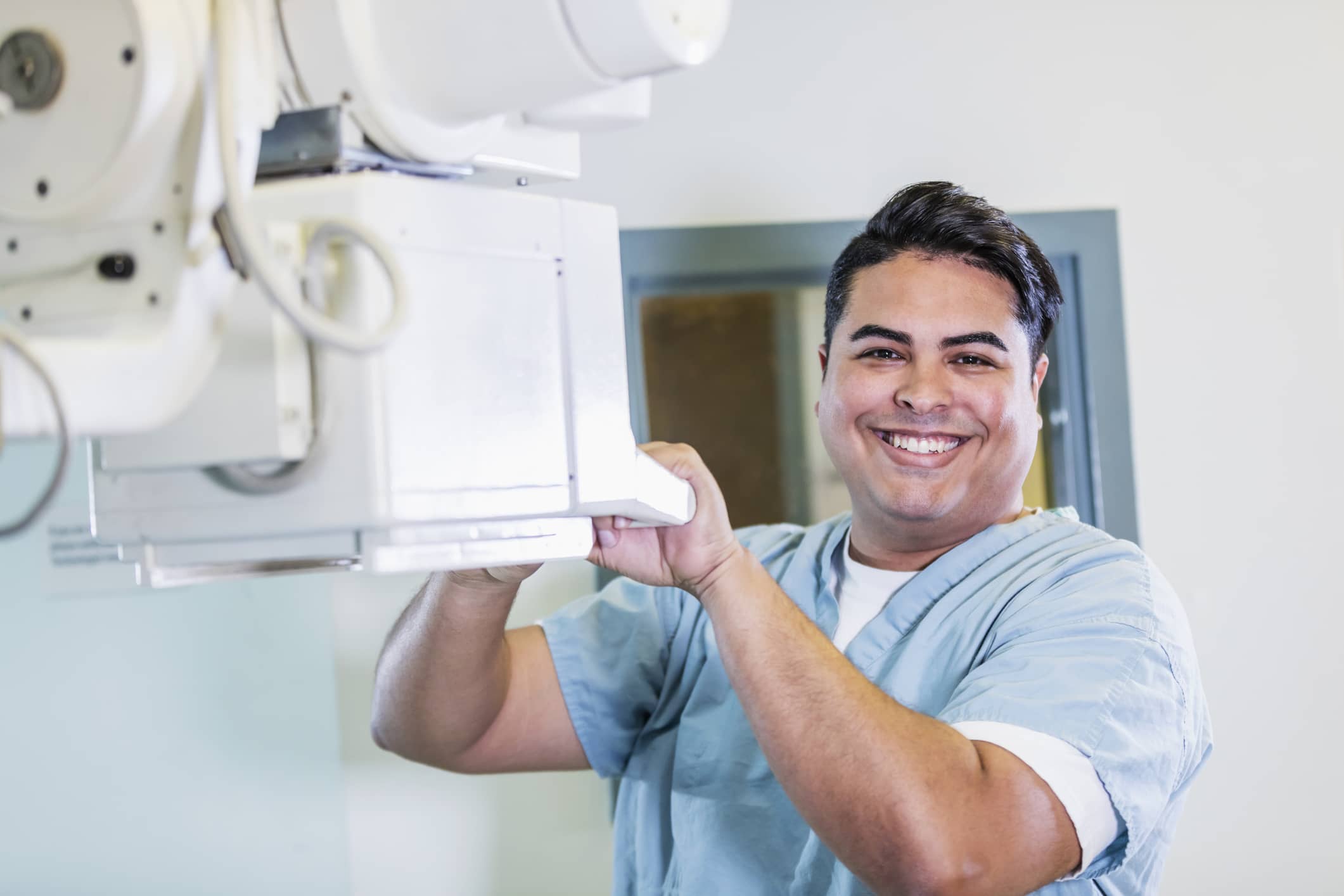
How Occupational Therapists Can Help People Recover from Addictions
For nearly 40 years, occupational therapists (OTs) have worked on the front lines of healthcare to help those with substance abuse problems overcome addiction’s powerful hold and resume productive, fulfilling lives. Over this timeframe, both the treatment approaches for addiction and the role of occupational therapists have expanded and evolved.
How Does Occupational Therapy Help in Substance Abuse?
Despite America’s well-publicized opioid crisis and other addictions, many people remain uncertain about the role occupational therapists can play in helping addicts recover and what occupational therapy actually encompasses.
The American Occupational Therapy Association (AOTA) defines it this way: “Occupational therapy focuses on the restoration of skills and abilities, helping people participate in things they want and need to do through the therapeutic use of everyday activities that occupy their time.”
In essence this means helping people function and complete necessary tasks on a daily basis.
The Role Occupational Therapists Play in Addiction Recovery
After someone is diagnosed with a substance abuse problem, one of the primary ways OTs help is by teaching skills and alternative approaches to managing pain or other aspects of the patient’s life—without resorting to alcohol, opioids, or other pharmaceuticals.
“People who are experiencing pain often turn to drugs and alcohol because they offer a quick fix, which is very tempting. People want immediate relief when they’re in pain,” said Donna Costa, associate professor at Touro University Nevada.
“For example, patients who suffer with chronic pain are taught by OTs not to be sedentary all day—even if it hurts to move around—because inactivity often exacerbates the underlying causes of pain,” she explained.
Occupational therapists can teach other strategies to those trying to recover from substance abuse, as well, including:
- Stress management techniques such as mindfulness meditation, guided imagery, and progressive muscle relaxation;
- Sleep hygiene, which involves promoting the habits and practices necessary to ensure good sleep quality and full daytime alertness;
- Reframing a problem so it is not seen as a crisis;
- Activity pacing and alternative approaches, which teach patients how to avoid additional injuries when they’re already suffering from pain or an existing injury.

Helping Rebuild Lives
“Ultimately, helping people rediscover meaning in their lives is crucial in overcoming addiction and rebuilding personal and professional relationships,” says Virginia “Ginny” Stoffel, immediate past president of the AOTA and associate professor at the University of Wisconsin-Milwaukee.
“Occupational therapists help people rebuild their lives so they can be excited again about their lives. And this is something that is universally healthy for all of us. You don’t have to have a disability to benefit.”
“This overarching goal can be accomplished through emphasizing self-help—the things you need to do to be a responsible employee, citizen or even a tenant—and teaching people how to repair relationships to create and sustain a life of recovery,” Stoeffel added.
DOWNLOAD AOTA’s Tip Sheet: Overcoming Drug and Alcohol Abuse
Practical approaches—such as helping people learn more details about the substances they use and the recommended basic norms for using those substances—are becoming more common. Integrating OTs into primary care teams is another recent development stemming from healthcare reform.
In addition, the health benefits of prevention, habilitation and rehabilitation are receiving greater exposure than ever before.
Early Intervention is Paramount
Early intervention is becoming more common, due in part to health care professionals like OTs receiving the proper training they need to recognize the signs and symptoms of substance abuse.
“Given the magnitude of the opioid-abuse epidemic, occupational therapy practitioners need to be prepared to see this disorder in any of their clients, regardless of their age or condition,” said Costa.
“We may see a rehab patient in an outpatient setting who has become overly reliant on pain medication to cope with chronic pain, or a teenager in a school setting who is exhibiting signs of drug use, or an older adult in their home who is showing signs of euphoria and/or drowsiness,” she pointed out.
“Recognizing the signs and symptoms of addiction, and knowing where to refer people for addiction treatment, is essential knowledge for all of us.”
AMN Healthcare leads the healthcare staffing industry in placing OTs, COTAs and other allied healthcare professionals in travel jobs across the U.S.



